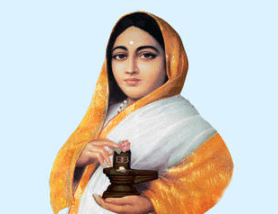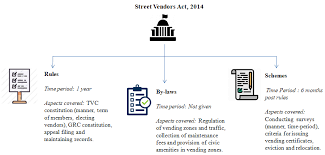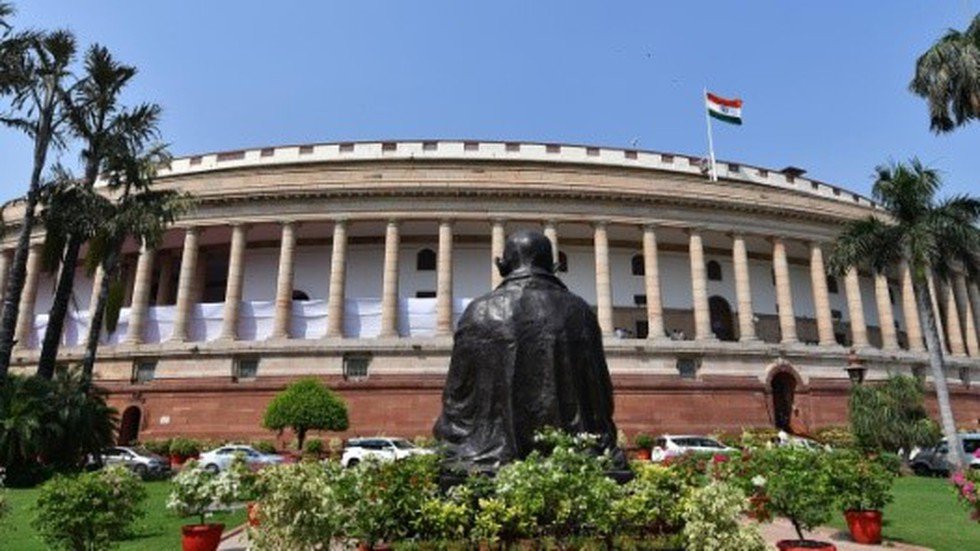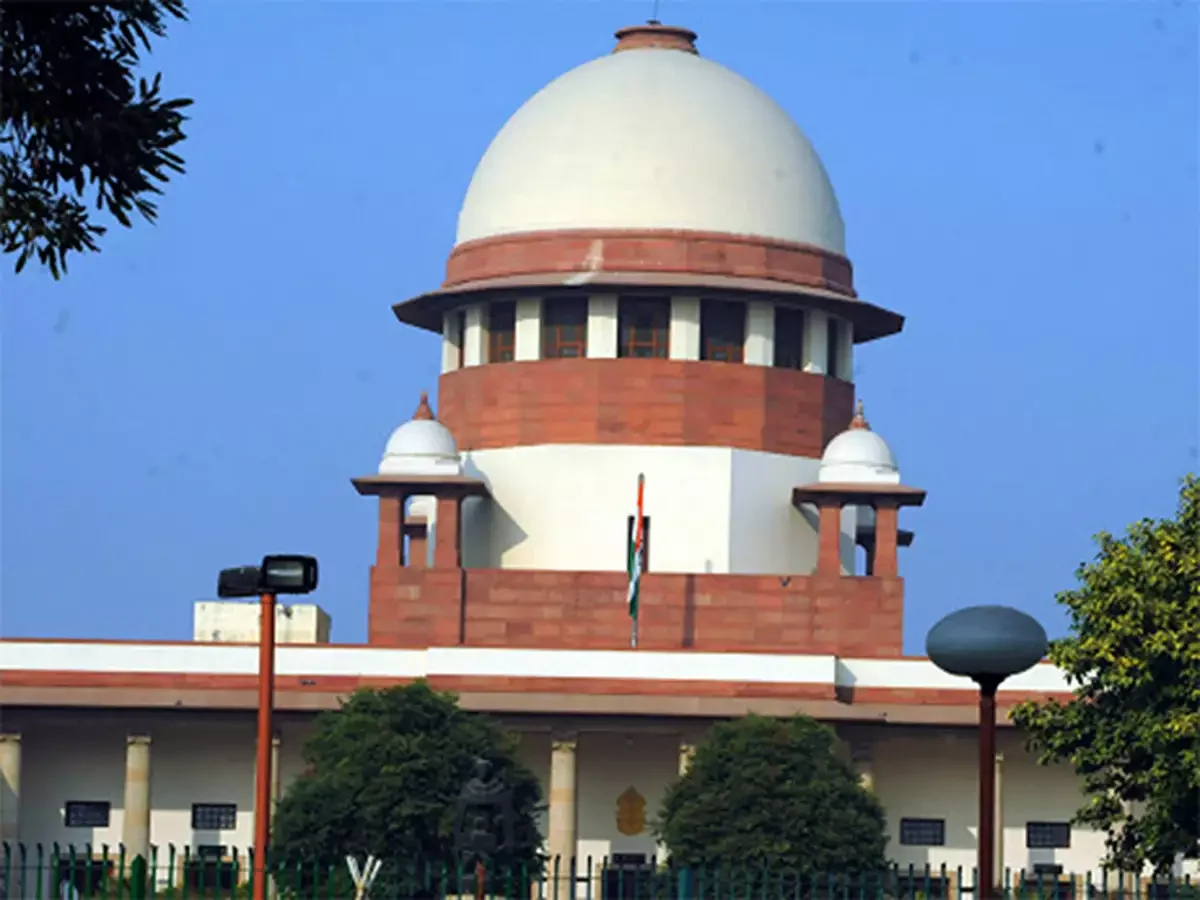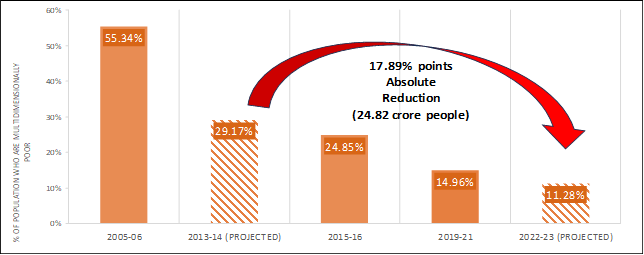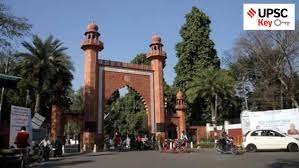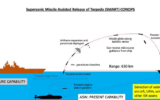
Diabetes
Subscribers of "Current Affairs" course can Download Daily Current Affairs in PDF/DOC
Subscribe to Never Miss an Important Update! Assured Discounts on New Products!
Must Join PMF IAS Telegram Channel & PMF IAS History Telegram Channel
- Context (LM): Diabetes has been in the news due to the health concerns of Delhi CM.
- Diabetes, also called diabetes mellitus, is a chronic, progressive non-communicable disease (NCD) characterized by high levels of blood sugar (blood glucose) in the body.
- It occurs when:
- The pancreas does not produce enough insulin hormone that regulates blood sugar.
- The body cannot effectively use the insulin it produces.
- Hyperglycaemia, also called raised blood glucose, is a common effect of uncontrolled diabetes and over time leads to serious damage to the body’s systems, especially the nerves and blood vessels.
- About 422 million people worldwide have diabetes, the majority living in low-and middle-income countries, and 1.5 million deaths are directly attributed to diabetes each year.
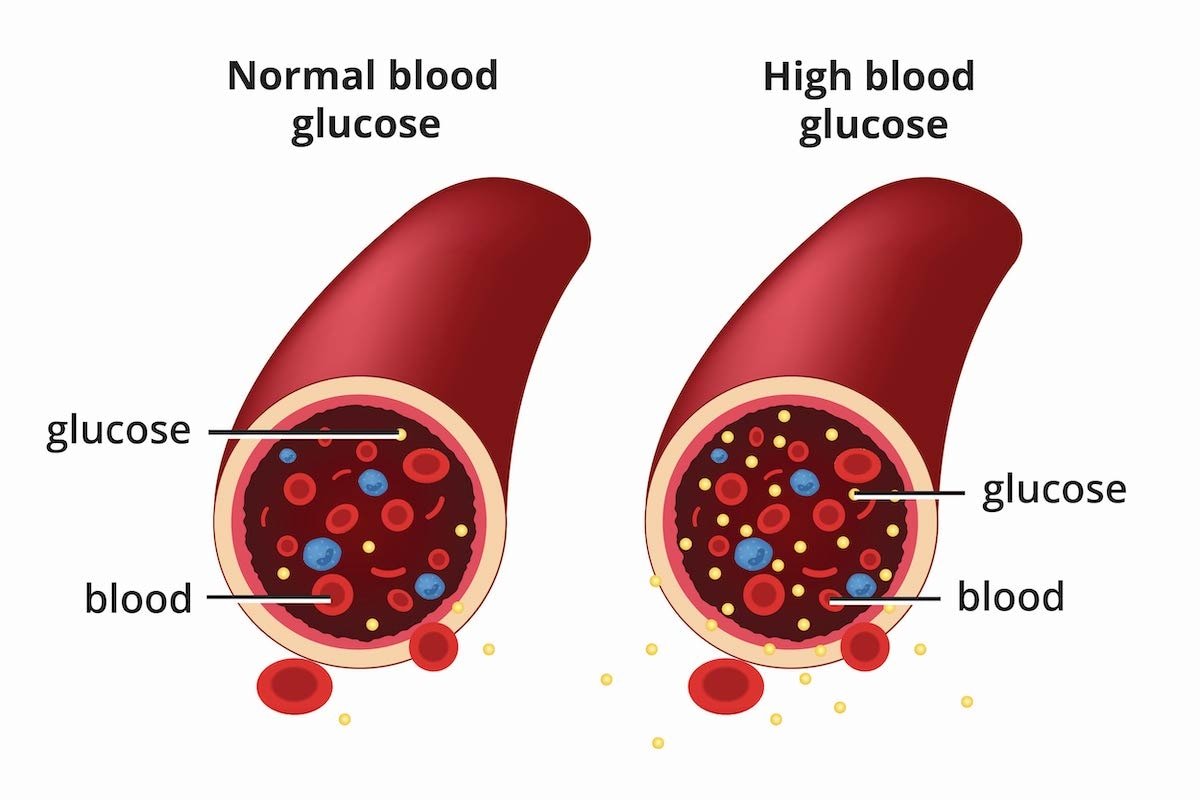
Types of Diabetes
Type 1 Diabetes
- Type 1 diabetes (previously known as insulin-dependent, juvenile or childhood-onset) is caused by an autoimmune reaction (the body attacks itself by mistake). The immune system attacks and destroys cells in the pancreas, where insulin is made.
- This type of diabetes may be caused by a genetic predisposition. It could also be the result of faulty beta cells in the pancreas that normally produce insulin.
- People with type 1 diabetes may need daily insulin shots.
- Approximately 5-10% of the people who have diabetes have type 1. It is usually diagnosed in children and young adults, but it can develop at any age.
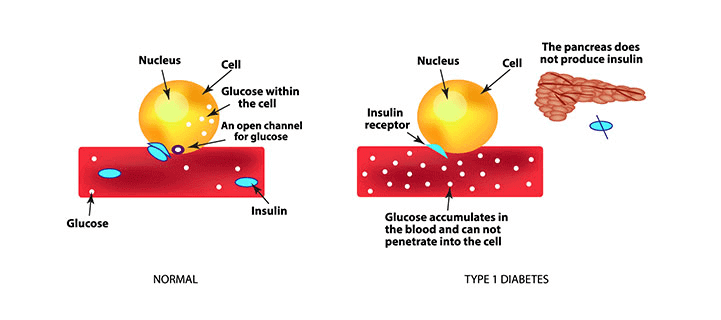
Type 1.5
- Type 1.5 diabetes is also known as latent autoimmune diabetes in adults (LADA).
- It occurs during adulthood and sets in gradually like type 2 diabetes.
Type 2 Diabetes
- Type 2 diabetes affects how your body uses sugar (glucose) for energy. It stops the body from using insulin properly, which can lead to high levels of blood sugar if not treated.
- It used to be called adult-onset diabetes. About 90-95% of people with diabetes have type 2.
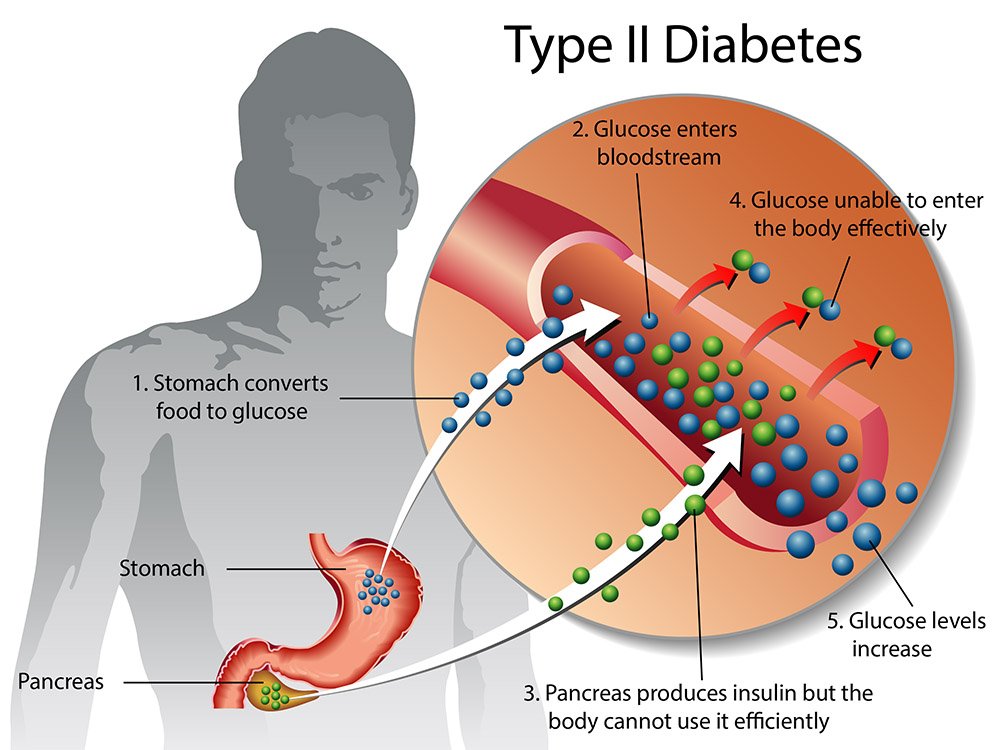
Gestational Diabetes
- Gestational diabetes is hyperglycaemia with blood glucose values above normal but below those diagnostic of diabetes.
- This type develops in some people during pregnancy.
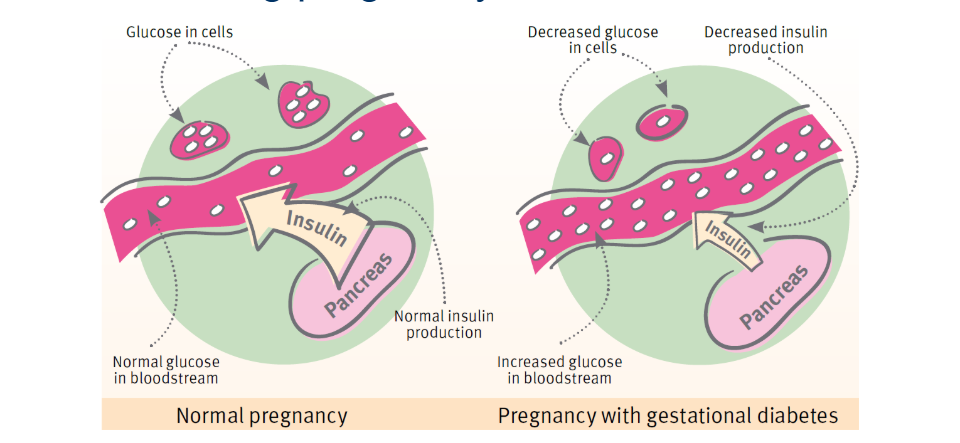
Insulin
- The name insulin comes from the Latin ”insula” for “island” from the cells that produce the hormone in the pancreas. It is produced in the islets of Langerhans in the pancreas.
- It was discovered by Sir Frederick G Banting, Charles H Best and JJR Macleod in 1921.
- Insulin is synthesized in significant quantities only in beta cells in the pancreas.
- It is secreted primarily in response to elevated blood concentrations of glucose. Insulin thus can regulate blood glucose and the body senses and responds to rise in blood glucose by secreting insulin.
Functions of Insulin
- It causes the cells in the liver, muscle, and fat tissue to take up glucose from blood and convert it to glycogen that can be stored in the liver and muscles
- Insulin also prevents the utilization of fat as an energy source. In absence of insulin or in conditions where insulin is low, glucose is not taken up by body cells, and the body begins to use fat as an energy source.
- Insulin also controls other body systems and regulates the amino acid uptake by body cells.
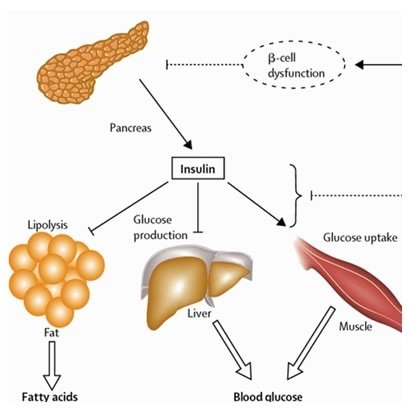
Working of Insulin
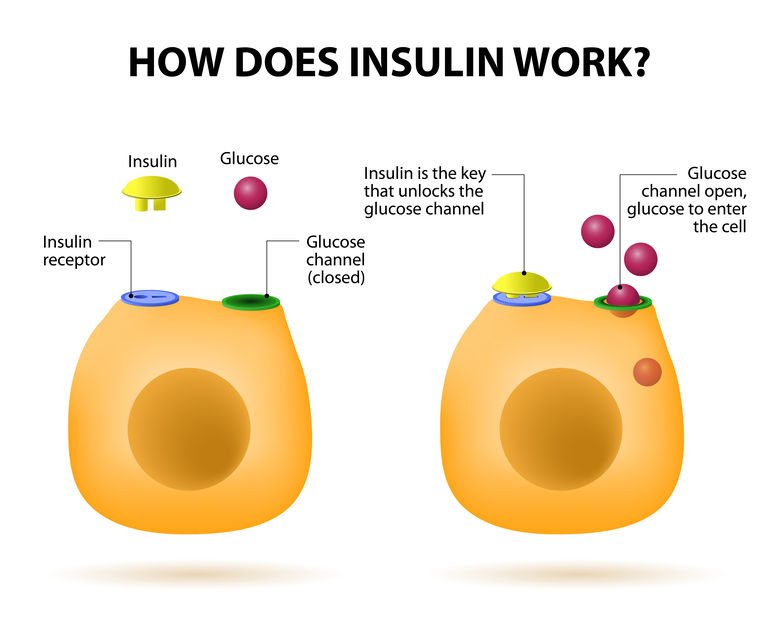

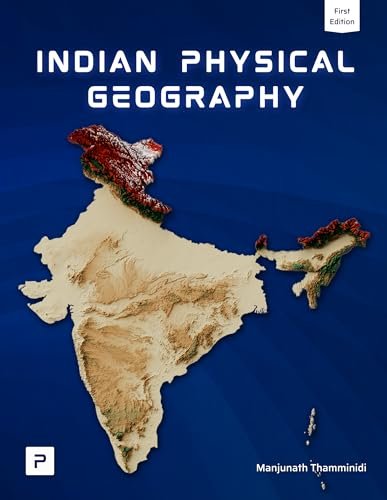



![PMF IAS Environment for UPSC 2022-23 [paperback] PMF IAS [Nov 30, 2021]…](https://pmfias.b-cdn.net/wp-content/uploads/2024/04/pmfiasenvironmentforupsc2022-23paperbackpmfiasnov302021.jpg)
